February 13, 2015
Our personal choices can tell us a lot about the state of the economy
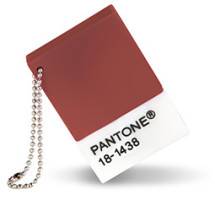 The announcement by Pantone that its Colour of the Year for 2014 was a muted reddish brown called Marsala was met with the annual carping about the subjectivity of the whole thing. Yet there are two things we know for sure. One is that Pantone puts a lot of time and effort into making its decision and looks at a range of social and economic factors, fashions and tastes before making its decision. The other is that this idea that you can gauge trends by tracking changes in taste has some high profile adherents. One of them is Alan Greenspan, perhaps the world’s most famous living economist, former Chairman of the Federal Reserve and a great believer in the idea that you can get a good idea of the health of the economy by looking at the length of women’s hemlines and heels and the amount of money men invest in underwear and ties.
The announcement by Pantone that its Colour of the Year for 2014 was a muted reddish brown called Marsala was met with the annual carping about the subjectivity of the whole thing. Yet there are two things we know for sure. One is that Pantone puts a lot of time and effort into making its decision and looks at a range of social and economic factors, fashions and tastes before making its decision. The other is that this idea that you can gauge trends by tracking changes in taste has some high profile adherents. One of them is Alan Greenspan, perhaps the world’s most famous living economist, former Chairman of the Federal Reserve and a great believer in the idea that you can get a good idea of the health of the economy by looking at the length of women’s hemlines and heels and the amount of money men invest in underwear and ties.






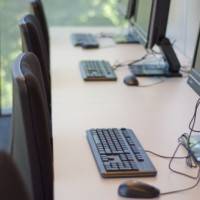


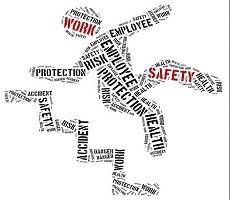
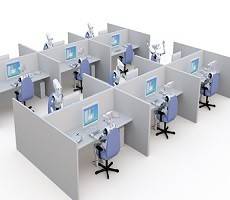



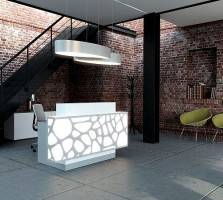









February 17, 2015
Why would you want a Google office when you can create your own?
by Maciej Markowski • Comment, Facilities management, Flexible working, News, Workplace design
(more…)